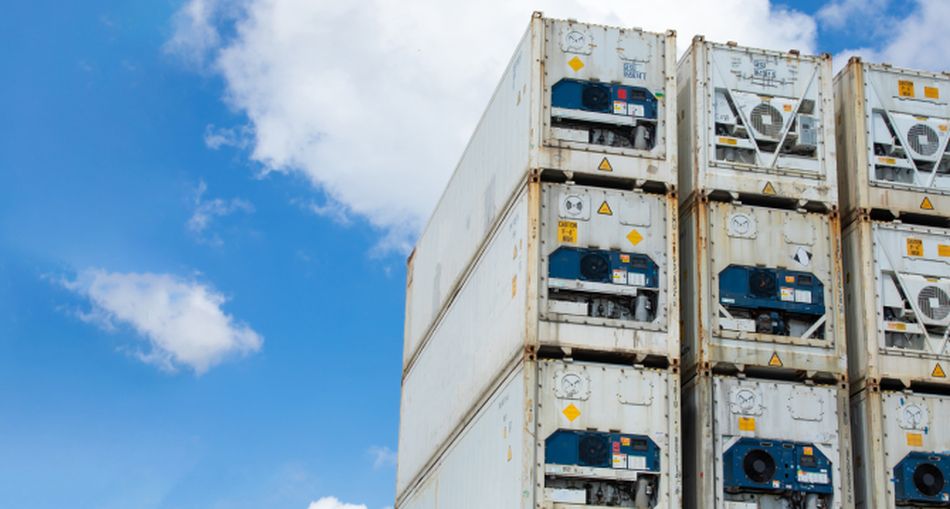Energy-saving solutions in refrigerated containers

Refrigerated containers are an essential part of logistics, enabling the transportation of perishable goods such as food, pharmaceuticals, and flowers. However, their operation requires significant energy consumption, increasing business costs and carbon emissions. Modern energy-saving technologies offer effective solutions to reduce these expenses while maintaining optimal cargo conditions.
Key Factors Affecting Energy Consumption in Reefer Containers
Refrigerated containers use energy to maintain temperature, control ventilation, and regulate humidity. The main factors influencing energy consumption include:
- The quality of container insulation.
- Temperature differences between the external environment and the interior.
- The power and efficiency of the refrigeration unit.
- The duration of transportation and the frequency of door openings.
These factors drive the development of new technologies aimed at reducing energy costs.
Energy-Saving Technologies
Improved Insulation Materials
Modern reefer containers are equipped with high-efficiency insulation materials such as polyurethane foam or aerogel, significantly reducing heat loss. These materials not only maintain optimal temperatures but also decrease energy consumption by refrigeration units.
Inverter Compressors
Inverter technology allows compressors to adjust power output based on real-time conditions. This is particularly important when transporting cargo through areas with fluctuating temperatures. Instead of running at maximum power, the compressor adapts to actual needs, reducing energy consumption by up to 30%.
Heat Recovery Systems
Some modern refrigerated containers feature heat recovery systems that utilize waste heat from cooling processes to warm other components. This lowers overall energy consumption.
Smart Control Systems (IoT)
With the integration of Internet of Things (IoT) sensors, reefer containers can automatically regulate temperature, humidity, and cooling system performance. These smart systems optimize energy use by adjusting to external conditions and cargo requirements.
Solar Panels
One of the most environmentally friendly solutions is solar panels installed on the container roof. This technology helps offset part of the energy consumption using renewable sources. It is especially effective in sunny regions.
Energy-Efficient Fans
Modern low-energy fans improve airflow circulation inside the container. They help maintain even temperature distribution while minimizing energy costs.
Real-World Applications of Energy-Saving Technologies
- Maersk has implemented Star Cool refrigeration systems, which cut energy use by up to 50% compared to traditional units.
- Hapag-Lloyd is testing solar-powered containers, providing additional energy for IoT-based monitoring systems.
- CMA CGM has developed a line of reefer containers with innovative insulation materials and inverter compressors, reducing their carbon footprint.


